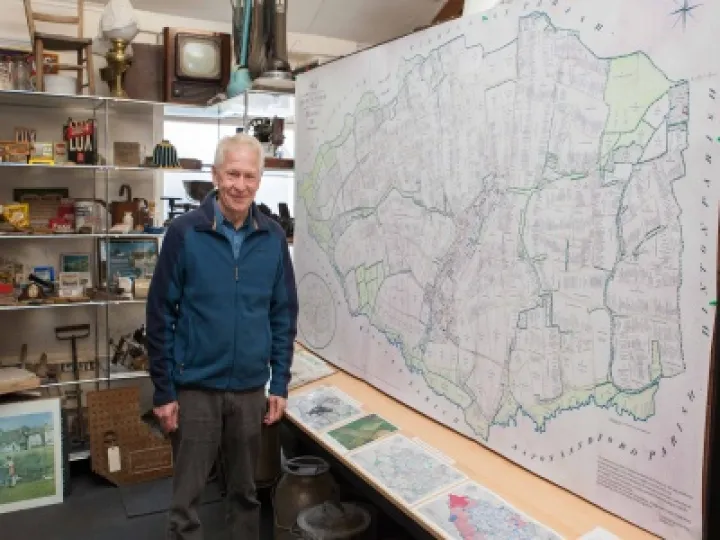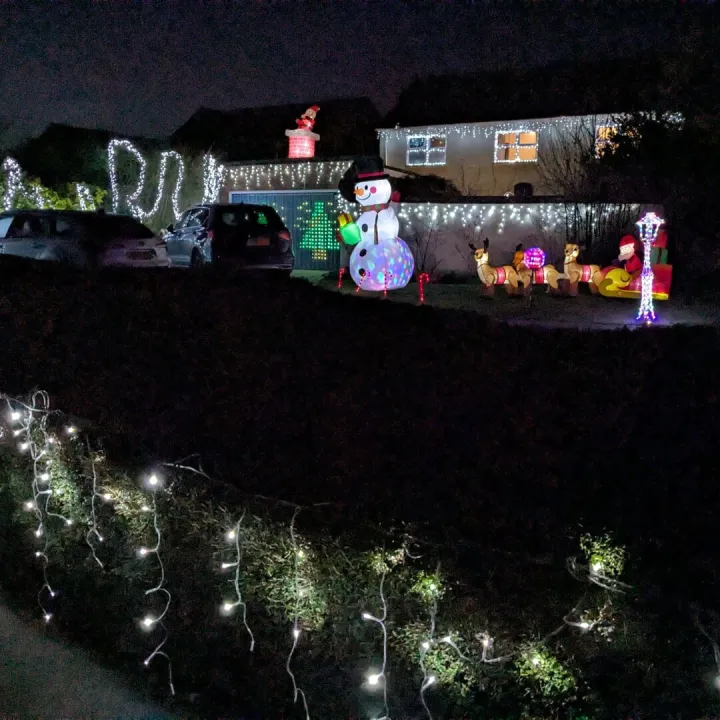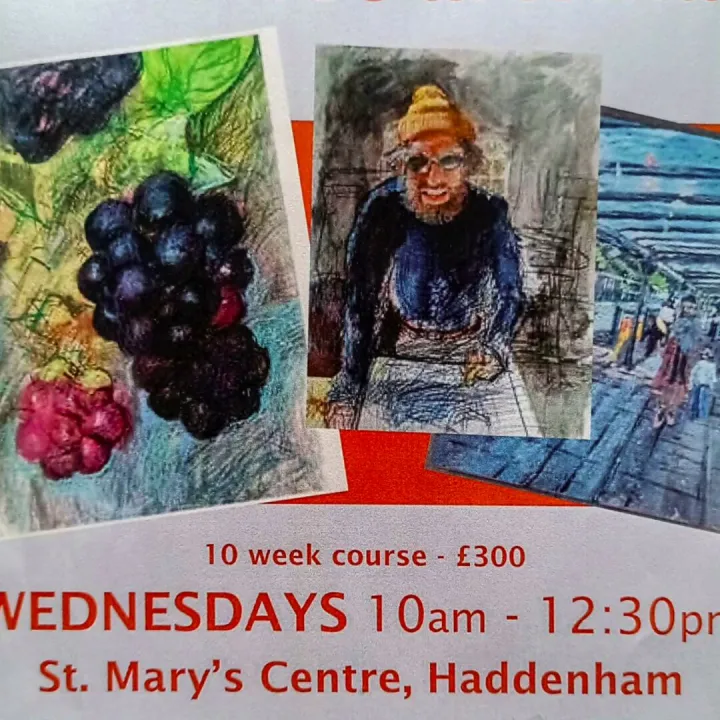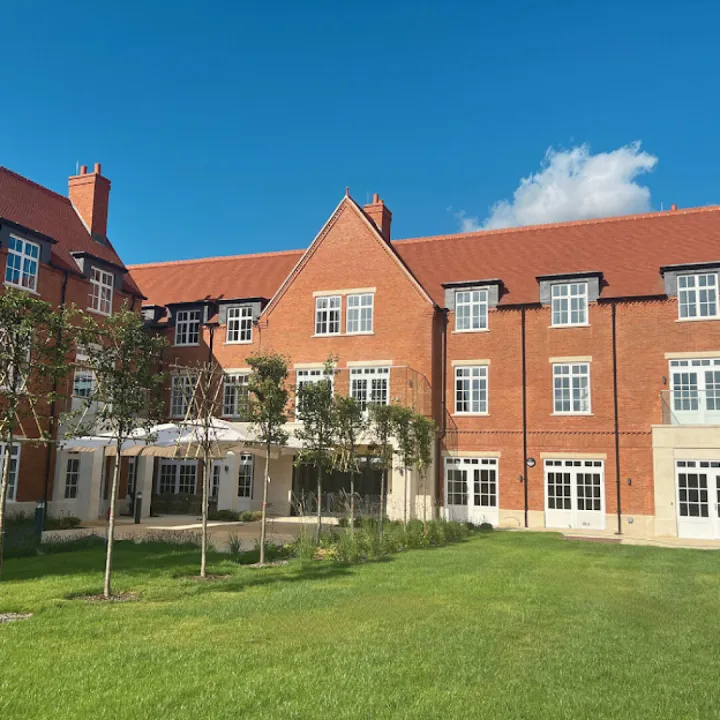Haddenham's Agricultural Heritage
Haddenham resident Alan Rose has recently completed a major project on behalf of the village museum, researching and recreating a map to depict the way that agricultural land surrounding the village was divided up and allocated to residents in 1820 before the Enclosures Act.
Drawing all the ridge-and-furrow strips of the parish of Haddenham before the enclosure has been a huge undertaking and Alan took almost two years to complete the project. The finished print is eight feet wide by four feet high (2440 mm by 1220 mm). It had to be that big for the names on all the thousands of strips to be readable.
Alan found the process to be a fascinating exercise: "A study of the map and related documents gives a surprising view of life before the enclosure. For example the number of people who held strips was not large. The population of the parish was over 1200 but only about 5 percent held strips. Some of them were farmers who held hundreds of strips and they were the main employers. The lord of the manor held a substantial portion of the parish and most of it was let out to tenant farmers."
"George Franklin Esq also held a large quantity of land, about half of which he leased from the Dean and Chapter of Rochester who were entitled to the tithes. Nearly all of 'Squire' Franklin's holdings were sub-let to other farmers."
The map display in the museum includes a transcript of the proceedings of the Manor Court for 1820. The court was held in two parts. The first was the 'View of Frankpledge' and that dealt with the management of the place. The court's jury consisted of farmers and village worthies and they issued orders such as 'That the Rubbish lying before Mr Warland's House at Stockwell and belonging to him shall be cleared by the 10th August next it proving a public nuisance under the penalty of One pound'. (Stockwell was then the name for part of what is now Station Road.)
The second part of the court proceedings was before a homage (another jury of village worthies) and that dealt with the transfer of property. Most property was copyhold – where title to ownership was by copy of the court roll – and transfer involved a rigmarole with a rod of wood to symbolise surrendering the property to the lord of the manor, before admitting the new owner as a tenant of the lord. On payment of fees of course.
The lord of the manor did not actually attend the court and his official (called the Steward) was a solicitor from Thame. The frankpledge system expected the parish to look after itself and the juries appointed officers such as tythingmen and haywards.
The View of Frankpledge in Haddenham continued until 1843, which was well after the enclosure Act of 1830. And the copyhold system went on until an Act of 1922 forced it to end. Owners of old houses in the village will usually have deeds recording these court procedures.
Haddenham museum re-opens on Sunday 2nd March after a short recess during the coldest winter months. The museum is open on Sundays from 2.00pm – 4.30pm, and on Tuesdays, from 10am – 12 noon The opening times on Tuesday correspond with the coffee morning in the adjoining Methodist Church, to which visitors are most welcome.
For more information about the Haddenham museum, see here, or visit the museum website http://bucksvoice.net/haddenham-museum .11(here)








